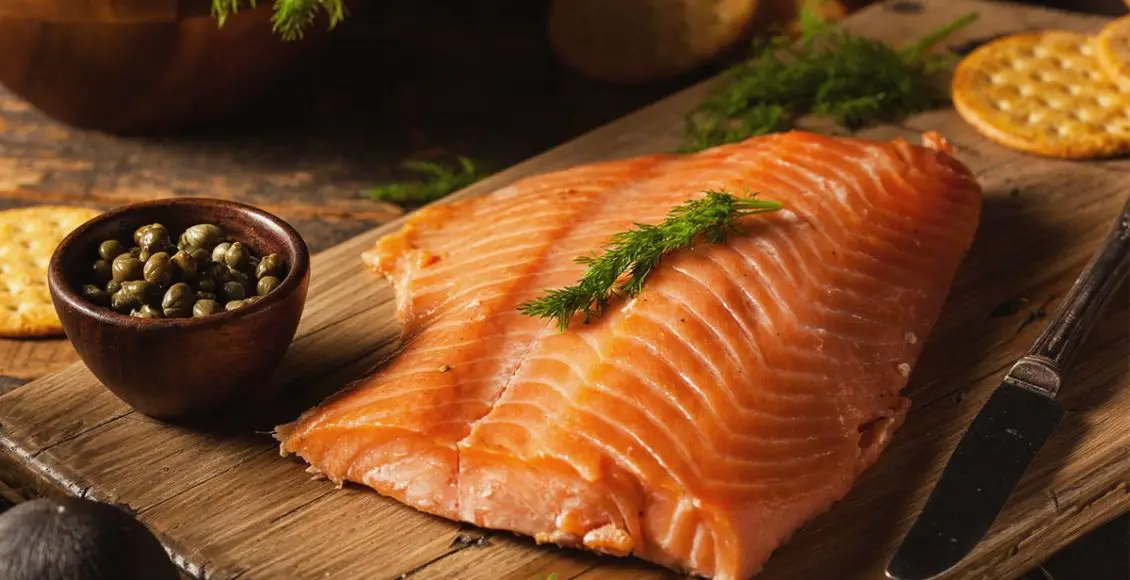Genetically modified food(GMO) is something that we are already getting used to.
However, we may not realize that animals can also be altered. After years of work, this company has finally succeeded in creating safe to eat GM salmon. And it’s about to hit shelves in the U.S. in 2020.
As a result of the drastically increased consumption of fish in the last years, over a third of the global stocks are threatened by overfishing.
The company AquaBounty claims that its genetically modified salmon can solve this problem. What is more, the Food and Drug Administration is now allowing this kind of fish to be sold in the U.S. markets.
Ron Stotish, chief technology officer of the company producing the genetically engineered salmon told PBS:
“Using new technology is an intelligent way to meet the global food security needs of the future.”
How it all started?
Having the GM salmon on the American market will be the final step in the long process that started decades ago.
It all began in the 1980’s in Newfoundland, Canada, at Memorial University.
The physiologist Garth Fletcher and his colleagues got influenced by the works of creating a genetically modified mouse. He came up with the idea of altering Atlantic salmon DNA to get the fish to grow faster. Fletcher patented his technology and started the AquaBounty company.
Their product was initially approved in 2015. However, they didn’t jump right into the U.S. market. Instead, they were released in the Canada market first. As you may assume, many were against the commercialization of the GM salmon. On the other hand, the FDA reassured people by stating:
“The FDA is committed to supporting innovation and ensuring safety in the biotechnology space, including the use of (intentional genomic alterations) in animals. We’re interested in the promise that newer technologies can have for bringing innovative products, such as these, to market while also helping to ensure they are safe and effective.”
The benefits of GM salmon
First, Ron Stotish points out the advantages of growing the fish in a land-based aquaculture facility. Along with the fact that the genetically engineered salmon grows faster, this drastically shortens the time for which the fish will be in stores.
“It’s the same proteins, the same food that you’ve been consuming forever.”
As fish would be closer to consumers, the transportation costs would be also reduced. The distance from the farm to the buyers will be significantly cut. This means the carbon trail associated with transportation will be times less than usual. Not only you will have the freshest fish on the market, but it will be less harmful for the environment.
As the FDA approved the GM salmon back in 2015, they were positive that the product is “safe to eat,”.
They are sure it “has no significant impact on the environment” and there are“no biologically relevant differences” between GM salmon and other farm-raised salmon.
Aquaculture expert Yonathan Zohar, leading the department of marine biotechnology at the University of Maryland shares his point of view:
“We are facing a major significant seafood crisis. Simply said, more people eat more fish, and as a result, we are fishing out and emptying our oceans.
If you are going to use genetic engineering and produce a fish that is going to make it to the market size, and half the time, this will be huge. This will help aquaculture actually meet the challenge and become the industry that we need it to become so we stop fishing out the oceans.”
Are there any risks?
Of course, there are some concerns about releasing a genetically engineered fish on the mass market. Responding to them, AquaBounty guarantees that their GM salmon will be raised in land-based production systems away from the ocean. This will eliminate the risk of escapes that could impact native fish populations. It will also exclude the risk of pollutants or contaminants that could harm marine ecosystems.
Briefly, the GM salmon is the first genetically engineered animal approved for human consumption. There is a high possibility that U.S. markets will be selling it by 2020. The producing company and experts in the biotechnology areas are certain there would be no risks for the consumers and the environment.



